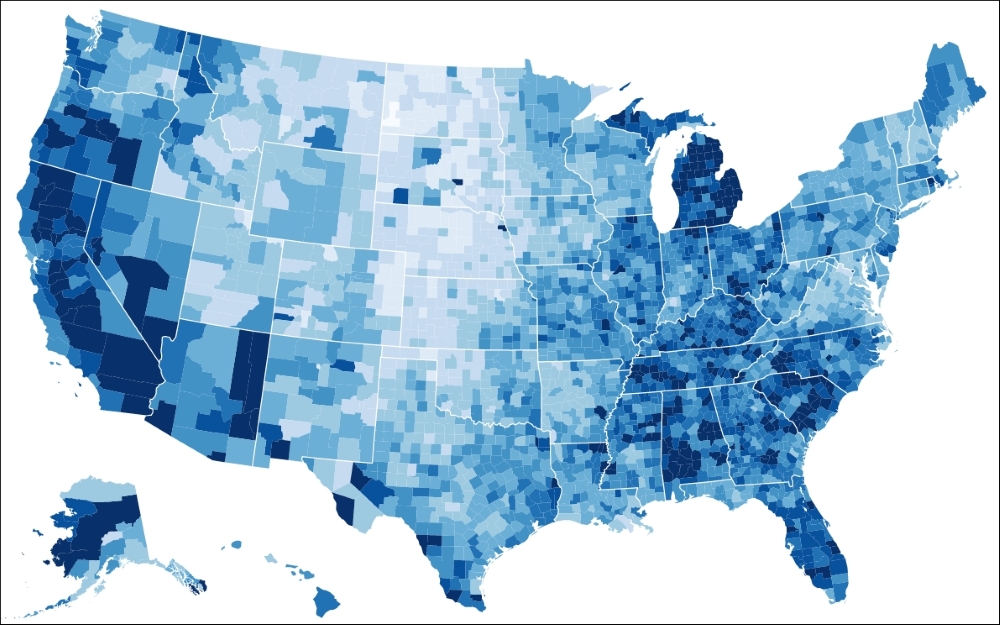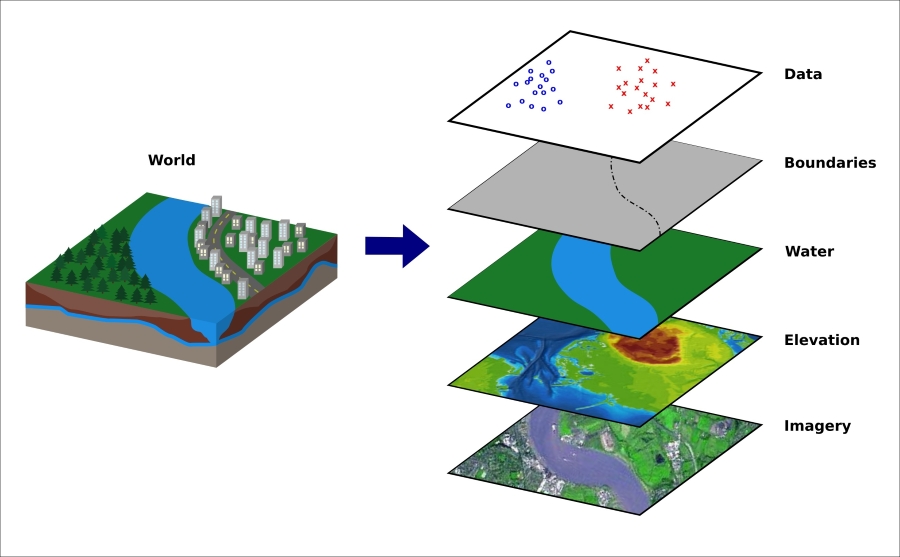In the previous chapter, you learned about transitions and animations; now, think about animating features on geographic visualization because we will take a look at cartographic visualization and GeoJSON. In this chapter, you will learn the following:
Understanding the different challenges of cartographic visualizations
Understanding the geometric coordinate system
Learning about the GeoJSON format
Understanding the problems of GeoJSON and the advantages of TopoJSON
Learning about 3D to 2D projections
Getting familiar with helpful tools for cartographic visualizations
Creating color scales
Drawing GeoJSON features
Loading multiple resources at once
Drawing geographic grids
Implementing different types of geographic visualizations
In the first section, we will look into the ecosystem of cartographic visualizations and understand different challenges and problems that occur when dealing with such visualizations. First, we will look...




